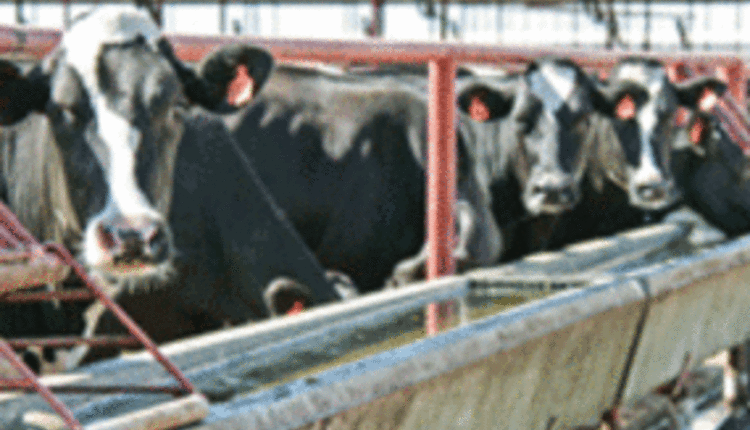
Meanwhile, dairy exports absorbed almost 16 percent of milk production in the last report. That is a historically bullish figure. U.S. exports of butterfat and cheese were particularly good in 2017, although worldwide there is a lot of milk available. At this point, if we don’t export about 15 percent of production, milk prices will struggle because world inventories are high, especially in the European Union.
EU milk production in 2017 was well above 2016, depressing milk prices across the globe by roughly 20 percent. In addition, the other major dairy exporters, Australia, New Zealand, and the U.S., all produced more milk than the world’s buyers could absorb.
Cheese and powder inventories are high worldwide. Until they are reduced, price improvement will be limited. On the positive side, the EU has announced that it will not buy any more stocks until the industry reduces stocks through food aid or some other measure.
Lower feed prices are helping U.S. producer margins, especially for those producers who buy a substantial amount of feed. The feed markets will remain depressed for the foreseeable future, given the large U.S. feed crops in 2017, and large inventories in the southern hemisphere. However, the expected corn plantings are down somewhat with unfavorable weather in the southern Corn Belt and a bearish outlook for corn prices. It also appears little early planting of corn will occur.
EXPORT DEMAND
In recent years, dairy profitability has been tied to export demand. In the last six months, the dollar has fallen against most competing currencies. This is good for dairy exports. Our exports benefit when the Canadian dollar and Mexican peso are strong, as they have been, and we don’t compete well when the other exporters have weaker currencies.
The European Union has a variety of problems with Britain’s upcoming Brexit. What’s more, most of Europe is having problems with widespread immigration.
The cost of agricultural supports for the newer EU members is substantial, and the transition is a challenge for newer members such as Poland that mainly have very small dairy farms.
MILK SUPPLY
U.S. milk production has been expanding. Inventories of powdered milk are high, but cheese and butter stocks are not excessive. The latest USDA milk production forecast is a 1.5 percent annual expansion over the next decade. As stated earlier, exports must continue to grow to sell this milk since the recent production growth is twice the U.S. population growth.
As the milk price has fallen, income over feed cost has slipped somewhat. Feed costs have fallen, but milk prices have dropped even more. Nevertheless the 2017 values are above 2016 levels.
The latest USDA Drought Monitor shows significant drought along most of the Mexico-United States border, and also dry conditions east of the Susquehanna River in Pennsylvania.
The futures market expects that 2018 prices will climb somewhat from their recent depressed levels to the $15.50 to $16 range for Class III milk. This is the equivalent to a Pennsylvania All-Milk price averaging about $17.90 for 2018. The table shows the latest futures prices and the implied Pennsylvania All-Milk price for 2017 and 2018. The blue values indicate estimates.
FEED MARKETS
Fortunately for dairy producers, the prices for corn and soybean meal should remain low in 2018. The 2017 corn and soybean crops were very good, and world inventories of both are at record levels for the third consecutive year. USDA is expecting planted acreages of both corn and beans to be somewhat lower.
Of course, the cheaper dollar helps exports of feedstuffs also. By and large, purchased feed will not be unduly expensive. The South American crops of corn and beans are good, so worldwide there is no feed shortage foreseen.
The overall dairy outlook for 2018 is somewhat better than in 2017. Dairy exports will be weak for some products and milk prices will reflect the weaker exports. Feed prices will be reasonable, in part because of the weaker dollar.

